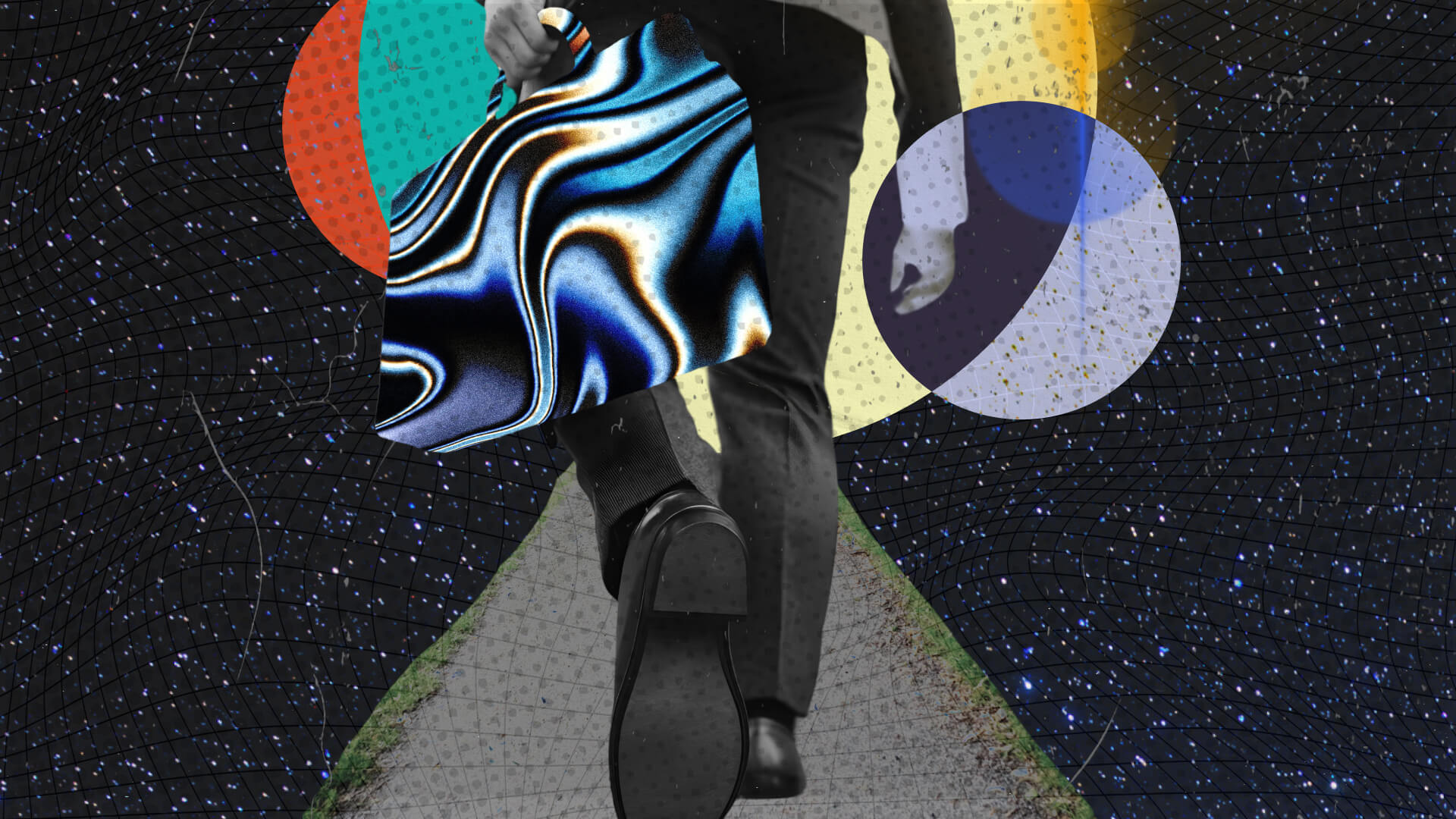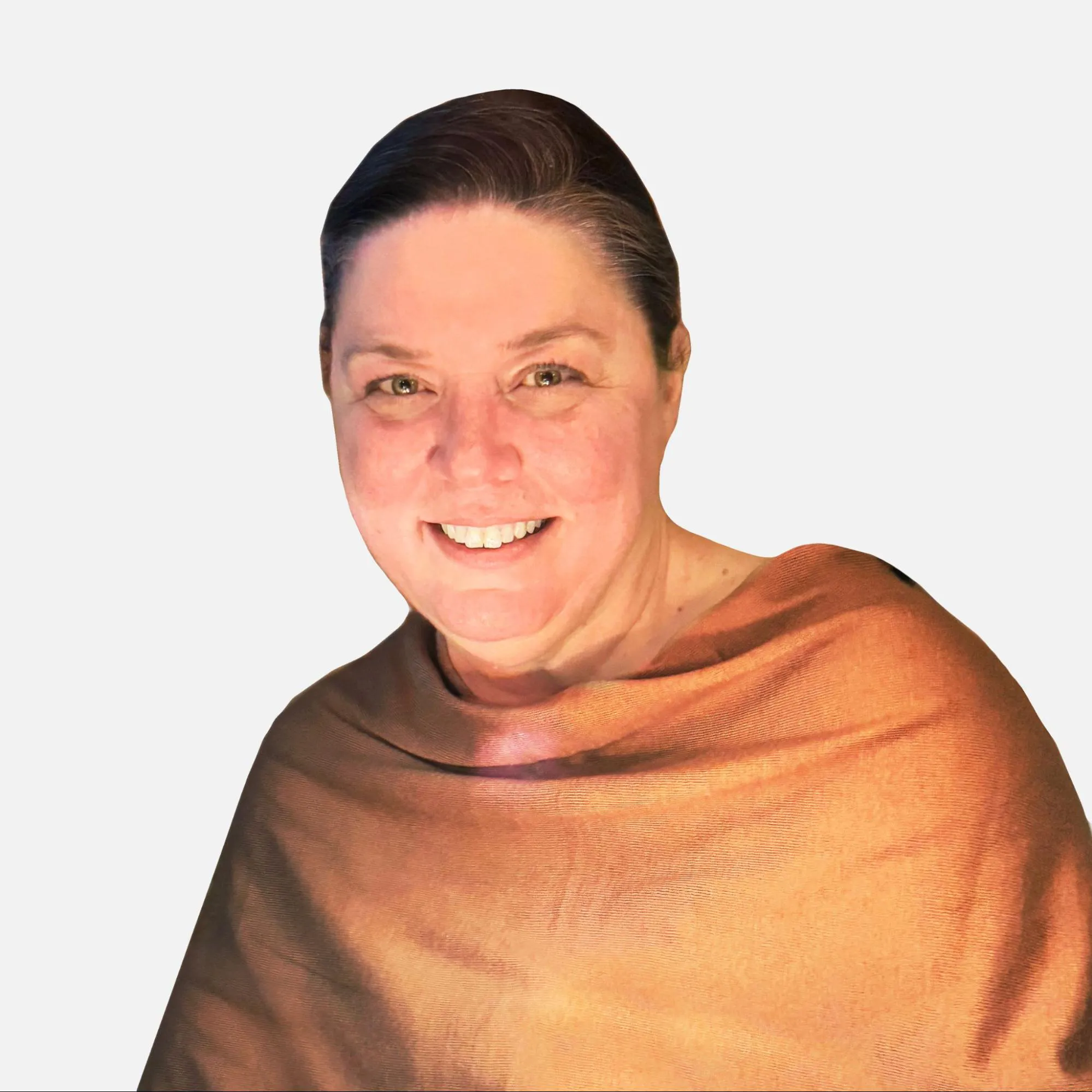Why every company needs a futurist-in-residence

As part of a client engagement, I recently stepped into a futurist-in-residence-style role for a major tech company that was eager to infuse futures thinking throughout an already innovative organization.
This initiative, aimed at exploring what the next 10-15 years might bring, allowed me to leverage the full spectrum of a futurist's tools as well as those of an organizational designer—simultaneously exploring their design question while teaching and integrating foresight capabilities.
Being a futurist means spotting signals that may only be whispers today, but could become profound shifts tomorrow—shifts that companies will have to be prepared to navigate. When playing this role we use a mix of facilitative, creative, and analytical tools that not only identify emerging patterns, but also embed foresight into the organization itself, helping shape the culture to be more forward-facing. Our techniques range from examining historical patterns to scanning for signals of change to telling stories of multiple plausible futures—each designed to bring clarity to a complex environment and make emerging opportunities actionable for an organization as a whole.
What do those tools include?

Hunting for signals in the noise
Identifying and tracking signals of change is the primary activity of any foresight work. It’s focused on spotting glimpses of the future that exist in the world today. A signal might be a new idea, behavior, technology, social context, or business model that may seem insignificant now, but could redefine industries or the world at large if it scales. Recent examples I uncovered for clients include everything from the resurgence of “dumb” phones to the emergence of four-day work weeks to big tech’s greenhouse gas emissions surges fueled by the expansion of AI. Grasping these subtle shifts enables teams to broaden their perspectives and think beyond what’s currently happening.
Mapping drivers of change
Tracking and mapping broader trends and underlying drivers of change — like the climate crisis or the rapid rise of LLMs —gives further context to signals and reveals potential structural shifts influencing social, technical, environmental, economic and political systems—ultimately shaping how organizations adapt, innovate, and respond to emerging opportunities and risks in the future. Understanding the why behind these changes allows teams to build flexible strategies grounded in deep awareness of external forces.
Considering different futures
Imagining a range of possible futures challenges teams to consider different potential outcomes and to design tangible steps the company can take to either grab opportunity or avoid risk. Although it's important to imagine ideal or preferred future scenarios to create a transformative vision for the future, it's just as critical to explore potential futures with extreme uncertainty or disruption to stress-test ideas. Imagining “what if” scenarios like, “What if AI became the standard for all customer service?” or, “What if customers demand ownership of their data?”stretches a team's thinking to identify resilience strategies and become more nimble.
Preparing for disruption
Identifying and interpreting emerging paradigms helps organizations to anticipate market or strategic shifts before they disrupt, making it possible to proactively invest in nascent opportunities or manage the decline of legacy approaches or systems. It minimizes risks associated with abrupt change and encourages continuous innovation, ensuring the organization remains competitive and able to seize new growth opportunities as they arise. It’s all about building confidence in making strategic choices.
Creating artifacts from the future
A future news headline, a mock product, or an immersive experience can make abstract concepts concrete, spark discussion and inspire strategic actions that could be aligned with longer-term goals. Sometimes the most powerful stories or artifacts of the future are those that are the most mundane, like a job description or a transportation ticket set 15-20 years into the future. These visions bring the future to life, and enable teams to embed future-thinking into strategic choice making.

Given the scale of the organization I was working with, we expanded the traditional signals exploration, mapping everything from the future of work and retirement, to the rise of a digitally-native generation, to shifts in human decision-making related to a broad and rapid integration of AI. A collaborative team of consultants and internal staff updated this tool weekly, regularly identifying and tracking trends, drivers, and future scenarios across the tech industry. And we mapped paradigm shifts in critical areas of the company’s operations, spotlighting strategic opportunities to lead change in the space.
Additionally, we developed and deployed a futures-focused curriculum and a program to engage leadership and key cross-functional stakeholders, ensuring lasting impact and sustained capabilities across the organization. Not only did we prepare the organization to anticipate and navigate future shifts, we also embedded a lasting culture of foresight, empowering the organization to lead its industry with confidence and agility.

For companies like this one, having a futurist-in-residence is no longer a nice-to-have—it’s a strategic imperative. This role is critical for two reasons: preparation and opportunity. With so many variables at play—from technological advances to societal shifts—it’s critical to have someone who can filter through the signal noise, identify potential game-changing opportunities, and help those who guide the organization to adopt a more forward-thinking approach. The role can also foster a culture that challenges assumptions, encourages innovative and creative thinking, and equips teams to identify and interpret the forces that are shaping tomorrow.
In today’s volatile and complex world, companies need futurists not just as advisors, but as strategic enablers who build futures literacy across an organization. Investing in the future means investing in the people who can help organizations see a wide array of futures clearly and act on uncertainty with confidence, helping turn that uncertainty into strategic possibility.
Words and art


Subscribe

.svg)







